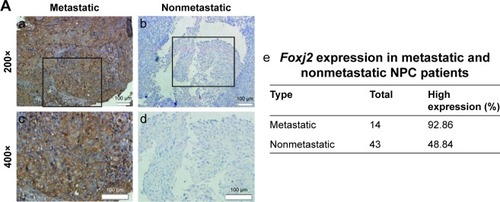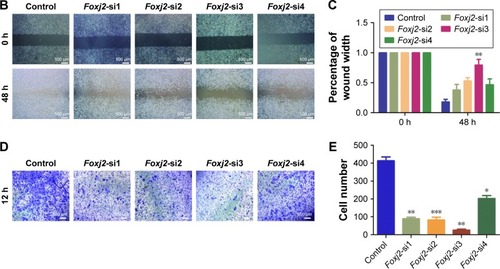Figures & data
Table 1 Sequences of siRNAs targeting Foxj2
Figure 1 Expression pattern and prognosis role of Foxj2 in NPC tissues.
Abbreviation: NPC, nasopharyngeal carcinoma.
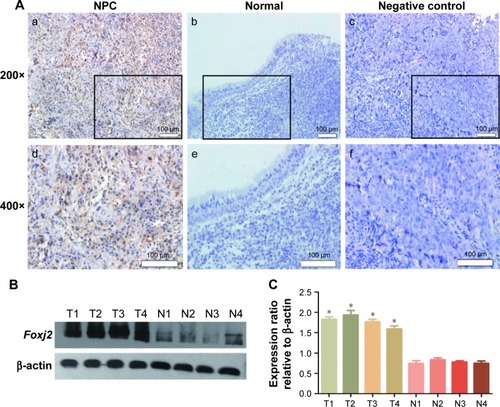
Table 2 The association between Foxj2 expression and clinicopathological features in 57 NPC patients
Figure 2 Prognosis role of Foxj2 in NPC.
Abbreviation: NPC, nasopharyngeal carcinoma.
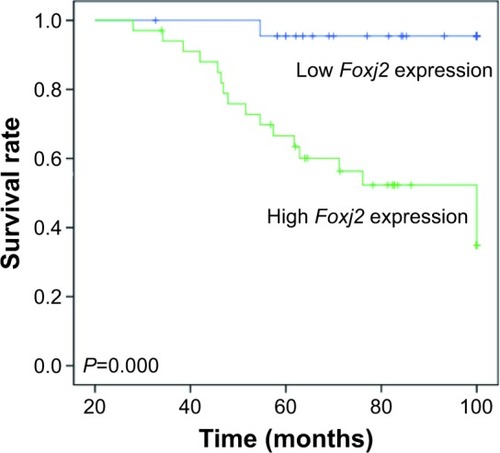
Table 3 Survival status and clinicopathological parameters in 57 human NPC tissues
Table 4 Contribution of various potential prognostic factors to survival, determined by Cox regression analysis, in 57 human NPC tissues
Figure 3 Expression of Foxj2 in NPC cells.
Abbreviations: NPC, nasopharyngeal carcinoma; siRNA, small interfering RNA.
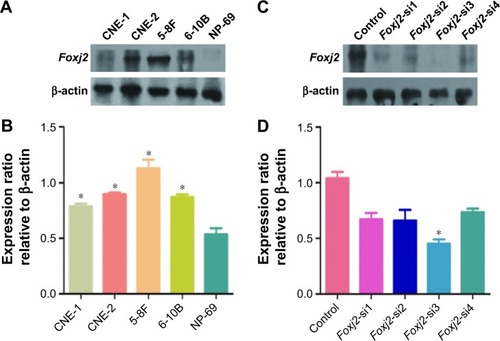
Figure 4 Knockdown of Foxj2 reduces CNE-2 cell proliferation.
Abbreviations: CCK-8, cell counting kit 8; IHC, immunohistochemistry; NPC, nasopharyngeal carcinoma; OD, optical density; siRNA, small interfering RNA.
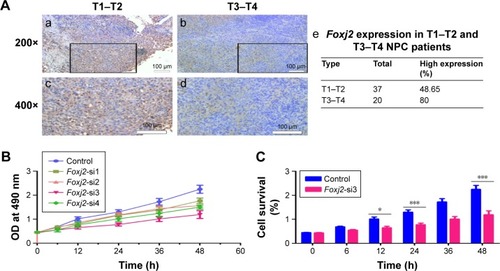
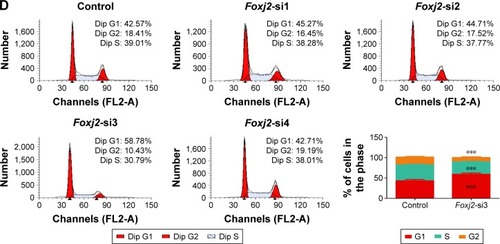
Figure 5 Knockdown of Foxj2 decreases the migration of CNE-2 cells.
Abbreviations: IHC, immunohistochemistry; NPC, nasopharyngeal carcinoma; siRNA, small interfering RNA.
